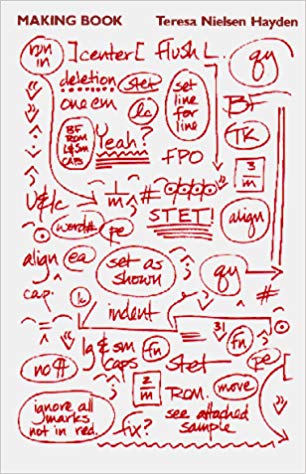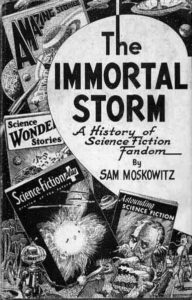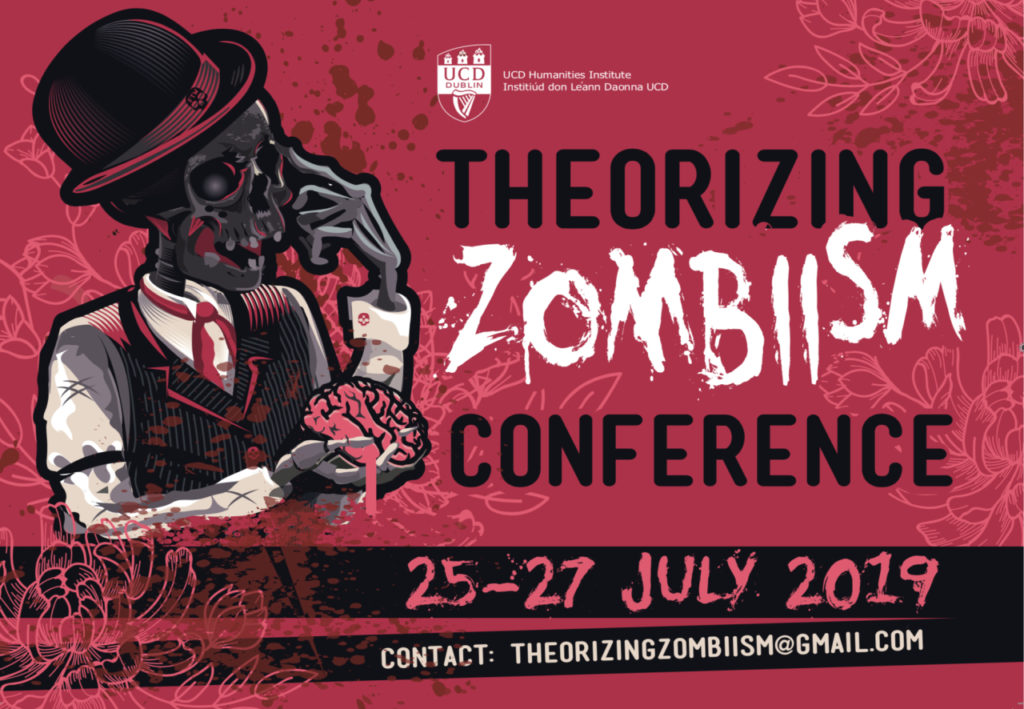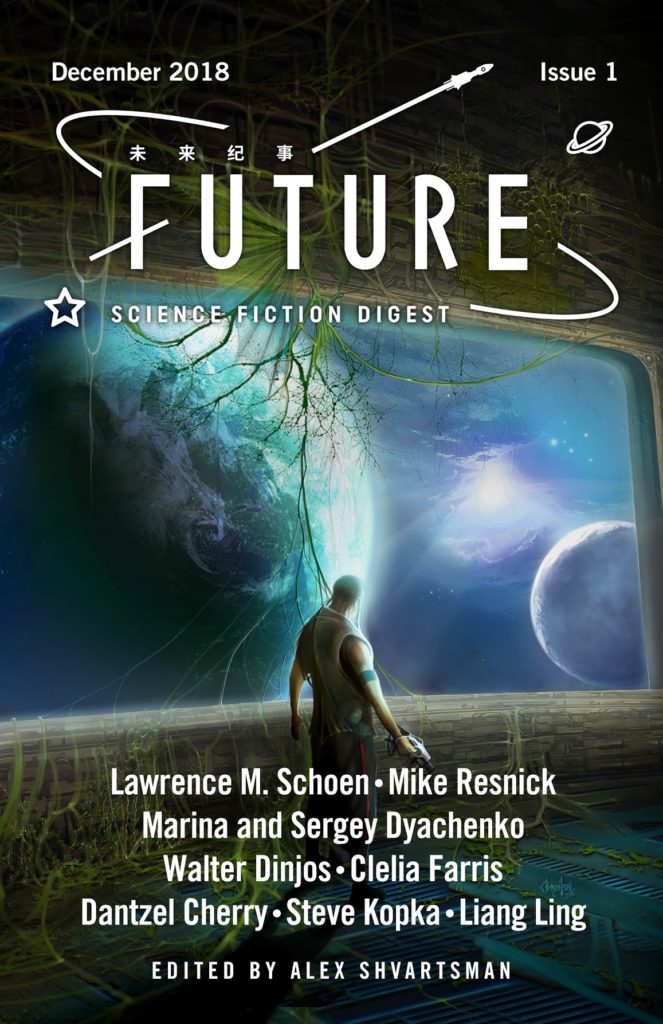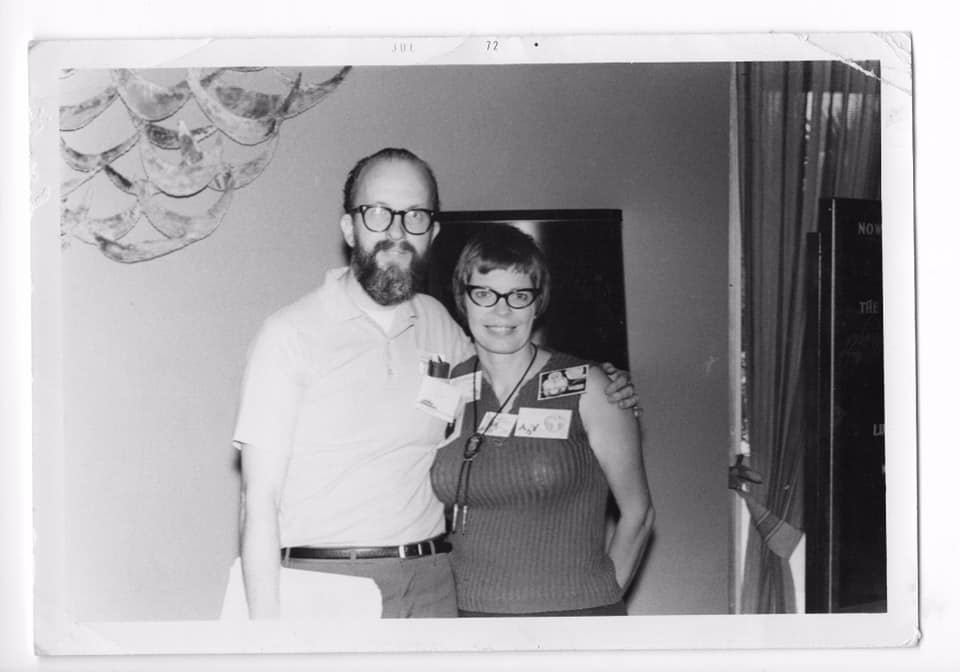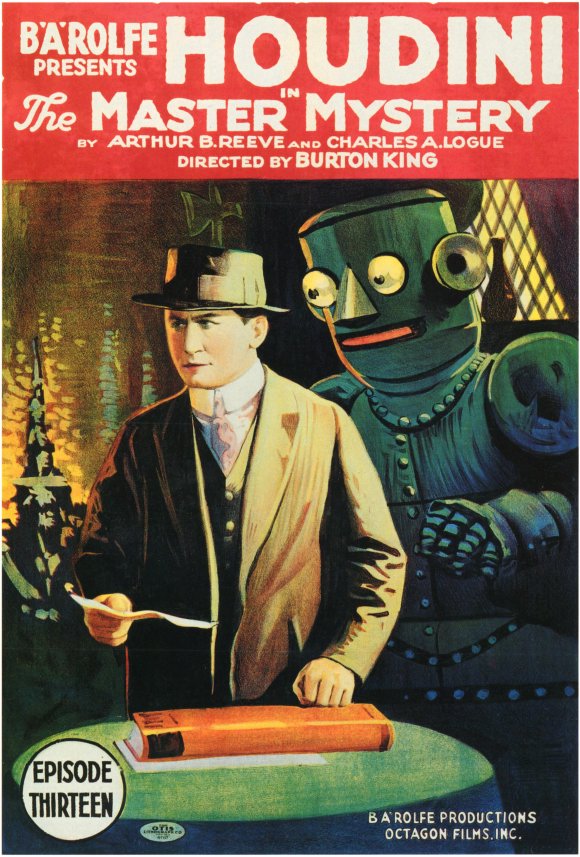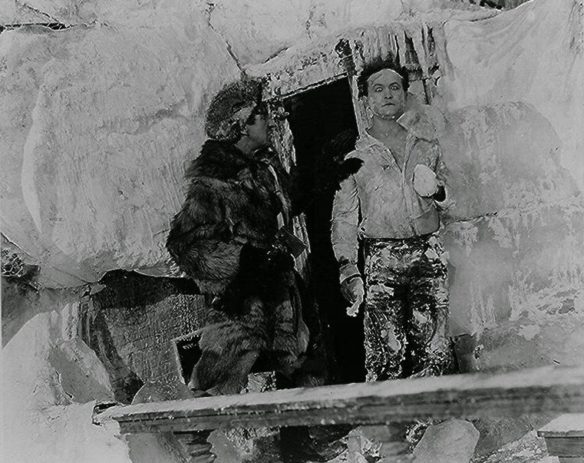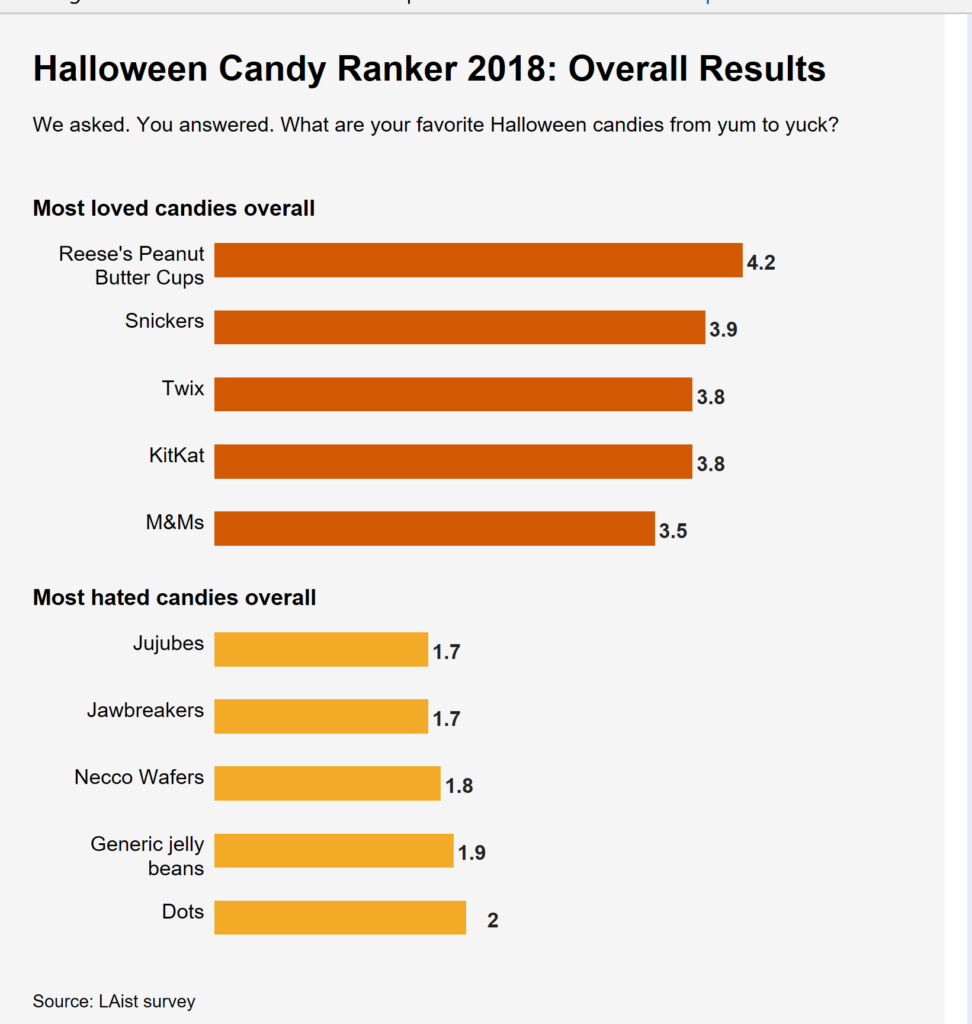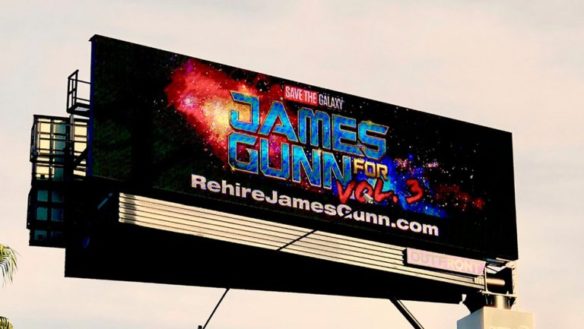(1) MARY SUE ORIGIN STORY. [Item by Jerry Kaufman.] This recent article from the London Review of Books is about fandom, or fandoms as the case may be, the woman who identified the “Mary Sue”, and her recent writing. (I am the real Jerry Kaufman – accept no other) – “On Sophie Collins”. (Registration required to read full article.)
A ‘Mary Sue’ is an implausibly skilful, attractive or successful protagonist who seems to be a stand-in for the author, especially in fanfiction. The term comes from Paula Smith’s parodic story ‘A Trekkie’s Tale’ (1973), originally published in a mimeographed journal for Star Trek fans. In mocking ‘Mary Sue’, Smith was not attacking fanfiction but trying to bolster its literary quality against fans who used it naively for wish fulfilment. Most of these fans were (like Smith) female. As the term, and the critique, became more common, some fans, and some feminist critics, pushed back. They saw fan communities, and the defiantly unprofessional cultural production that emerged from them, as a kind of safe space, where the rules imposed by a patriarchal outside world about what one can say, and who one can be, could be ignored.
(2) ON THE STREET WHERE YOU LIVE. “City Council Votes to Name Bronx Street ‘Stan Lee Way’ in Honor of Comic Book Genius, Spider-Man Creator” — New York TV station NBC-4 has the story.
Council Member Fernando Cabrera’s proposal aims to honor Stan Lee’s Bronx roots by co-naming a section of University Avenue between Brandt Place and West 176th Street after the comic book genius.
The city council voted Tuesday to approve the proposal.
… “Stan Lee was a Bronx native who grew up in my district,” said Cabrera. “Stan Lee was a creative genius who co-created iconic super heroes including Spider-Man, the X-Men, the Hulk, Doctor Strange, Ant-Man, Black Panther and more. Mr. Lee’s amazing talent brought joy and entertainment to countless children and adults and he deserves to be permanently memorialized in his home borough, the Bronx.”
(3) BUILDING A STORY WITH MAGIC. Juliette Wade’s new Dive Into Worldbuilding introduces readers to “Julie Czerneda and The Gossamer Mage“. View the video interview, and/or read the summary notes at the link.
…I asked her where the idea for the book started, and she said it started with a pen – and proceeded to show us the pen in question! She brought a lot of cool props to show us, so I encourage you all to check out the video if you’re curious about them.
One of the things that Julie explored while writing this was the history of ink. Battles were fought over areas of the world that provided good ink ingredients, and pirates stole ink as well as other things.
I’ve always found constrained magic systems very interesting, so I asked her to tell us about the magic system she used in The Gossamer Mage. Julie said she agreed with me that she liked constrained systems. She said she liked it when everyone knows how to use the magic, but wait, it’s not so simple. This particular magic system is constrained in part because it requires writing, which means it requires a particular type of scholarship. You have to be able to write words that are not human words, and to intend them. Further, this magic can only be done in the one place in the world where magic remains. One important ingredient here is that magic used to be in more of the world, but is no longer present except in one region, ringed with mountains.
Thus, magic is constrained physically, and it is constrained to scholars….
(4) BOOK MAKER. Shelf Awareness does a Q&A with Babylon-5 creator, who recently published his autobiography Becoming Superman: “Reading with… J. Michael Straczynski”.
On your nightstand now:
Rereading A Coney Island of the Mind by Lawrence Ferlinghetti. I believe that an appreciation of poetry is essential for any writer in any field. That economy of language reminds you of the importance of choosing exactly the right word, not the word next to the right one on the shelf. On a conceptual level, I admire Ferlinghetti’s writing which comes at you from a right angle with a huge impact, so I reread his work every couple of years to keep my brain flexible.
(5) HE WHO OVERCOMES. Then, Cory Doctorow does an epic review of “J Michael Straczynski’s “Becoming Superman”: a memoir of horrific abuse, war crimes, perseverance, trauma, triumph and doing what’s right” at BoingBoing.
And so, drip by drip, crumb by crumb, inch by inch, Straczynski manages to become a writer, and it turns out that not only can he write to deadline, he’s really good at it. Even projects that seem silly or trivial on their face, like writing for He-Man or The Real Ghostbusters, are treated with such intense seriousness that they just kill.
But this being Hollywood, where, famously, nobody knows anything, every success that Straczynski ekes out is eventually scuttled by venality, cowardice, grift, or all three, as greedy execs and bullshit-slinging consultants demand that he compromise on what he knows is right. And Straczynski being Straczynski — being the survivor of a campaign of terror visited upon him by a literal Nazi — refuses to back down, because despite the mountain of shit he’s climbed to get where he is, the prospect of falling down to the bottom is incapable of scaring him beyond his threshold of tolerability.
And, remarkably, despite industry concentration and a thousand variations of “you’ll never work in this town again,” Straczynski continues to work. His story is a beautiful parable about how luck is made: the way it’s told, it seems like Straczynski has a horseshoe up his ass, with opportunities dropping appearing over the horizon just a little faster than the burn-rate of the bridges he’s torched behind him, but when you look a little closer, you realize that the most improbable thing here isn’t the opportunities, but rather Straczynski’s relentless, singleminded determination to seize them, writing (for example) entire seasons of his TV shows when the studios’ dumb mistakes leave them shorthanded.
(6) REVOLUTIONARY DATA. Can you imagine Brent Spiner playing John Adams in 1776? There’s a concept. He’s the guest on the latest Maltin on Movies podcast.
Forever to be remembered as Lt. Commander Data on Star Trek: the Next Generation and other treks to follow, Brent Spiner is a versatile actor and performer with notable Broadway credits—and two fervent fans in Leonard and Jessie, who saw him play John Adams in a masterful revival of 1776. He’s happy to discuss all facets of his career, from musical theater to his memorable role in Independence Day. Even longtime fans may learn things they didn’t already know about Brent in this delightful chat.
(7) THIS IS COOL. The earth seen from outer space — here is a visualization of how Planet’s satellites assemble swatches of remote sensing tiles to complete a global observation in 24 hours:
In four years, Planet has flown on 18 successful launches and deployed 293 satellites successfully into low Earth orbit. With more than 150 satellites currently in orbit, Planet has the largest constellation of Earth imaging satellites in history.
As you may notice, the satellites are not always taking photos (or sending / “beaming” the data down to Earth). Parts of the landmass can also be missing due to complete cloud cover that day. See the Amazon, Central Africa, or Northern Australia for example.
A companion piece reveals more about the satellites themselves; the “doves”, “RapidEyes”, and “SkySats”. Explaining their sizes, the numbers out there already and the types of images they capture. Check out the story here!
(8) TODAY’S BIRTHDAYS.
[Compiled by Cat Eldridge.]
- Born July 26, 1883 — Edwin Balmer. Together with author Philip Wylie, he penned When Worlds Collide and After Worlds Collide. The first was made into the 1951 movie by George Pal. He also wrote several detective novels and collaborated with William MacHarg on The Achievements of Luther Trant, an early collection of detective short stories. The latter are not genre, despite being listed as ISFDB as I’ve read them. (Died 1959.)
- Born July 26, 1894 — Aldous Huxley. Brave New World is fascinating. I knew I had it assigned and sort of discussed in a High School class and at least one Uni class decades ago. So what else is genre by him and worth reading? (Died 1963.)
- Born July 26, 1919 — James Lovelock, 99. Just shy of a century now in life, the Gaia theorist wrote a genre novel with Michael Allaby, The Greening of Mars, of the transformation of the red planet into a green one. His newest work, Novacene: The Coming Age of Hyperintelligence, thinks that hyperintelligent machines are coming into being by our own hand and that we better be prepared for their arrival.
- Born July 26, 1928 — Stanley Kubrick. I’m reasonably sure 2001: A Space Odyssey was the first film I saw by him but Dr. Strangelove or: How I Learned to Stop Worrying and Love the Bomb was the one that impressed me the most. A Clockwork Orange was just damn depressing. And I’m not a horror fan as such so I never saw The Shining. Barry Lyndon is great but it’s not genre by any means. (Died 1999.)
- Born July 26, 1945 — M. John Harrison, 74. TheViriconium sequence, I hesitate to call it a series, starting with The Pastel City, is some of the most elegant fantasy I’ve read. And I see he’s a SJW as he’s written the Tag, the Cat series which I need to take a look at. He’s not published deep in digital form at this time.
- Born July 26, 1945 — Helen Mirren, 74. She first graces our presences as Hermia in A Midsummer Night’s Dream. She next shows up in a genre role as Alice Rage in The Fiendish Plot of Dr. Fu Manchu, Peter Sellers’ last film. She’s an ever so delicious Morgana in Excalibur and then leaps into the future as Tanya Kirbuk in 2010: The Year We Make Contact. She voices the evil lead role in The Snow Queen, and likewise is Deep Thought in The Hitchhiker’s Guide to the Galaxy.
- Born July 26, 1957 — Nana Visitor,62. Kira Nerys on Deep Space Nine which for my money is the best of the Trek series to date. After DS9 ended, Visitor had a recurring role as villain Dr. Elizabeth Renfro on Dark Angel. In 1987, Visitor appeared as Ellen Dolan in a never developed series pilot for Will Eisner’s The Spirit with Sam J. Jones as The Spirit.
- Born July 26, 1971 — Mary Anne Mohanraj, 48. Writer and editor. Founder of Strange Horizons, a genre fiction magazine. She has one genre novel, The Stars That Change, and two stories published in the Wild Cards Universe, “Low Chicago” and “Ties That Bind”. She also an anthology, Without A Map, co-edited with Nnedi Okorafor.
- Born July 26, 1978 — Eve Myles, 41. She’s a a Welsh actress from Ystradgynlais, convenient as she played Gwen Cooper on Torchwood which was set in and shot in Cardiff. She previously played the servant girl Gwyneth in the Doctor Who episode “The Unquiet Dead” during the Ninth Doctor’s time. She and the full Torchwood cast did an an BBC 4 Radio Play called Golden Age in which they time travelled back to Imperial India. Highly recommended.
(9) THE BOYS. According to NPR’s Glen Weldon, “Superhero Satire ‘The Boys’ Doesn’t Have Much New To Say, But Says It Loudly”.
…Amazon’s new 8-episode series The Boys – about a team of non-powered mercenaries determined to take down the world’s premier team of evil, corrupt, soulless-corporate-shill superheroes – chooses to play in a sandbox that’s seen its share of use. A sandbox that’s been sitting out in the sun and rain and wind for decades, filling up with cigarette butts and cat poop and old toys left by previous storytellers, who’ve hit precisely the same themes.
This is even more true today than it was in 2006, when the comics series The Boys, by writer Garth Ennis and artist Darick Robertson – from which the Amazon show has been adapted, freely – first debuted.
…What The Boys was, at the time — especially if you’d been reading comics for years — was tiresome, more than anything else: Really? We’re still doing … this?
I’m happy to report that the Amazon series improves on its source material. It does so by taking the comics’ lazy inciting incident – the accidental death-by-superhero of the girlfriend of its main character Hughie (Jack Quaid) – and treating it as something more than solely a plot trigger. The series gives Hughie time to absorb, to grieve, to soak in the brutal incident so – even though it is depicted, lovingly, in garish slow-motion – it becomes something more than another nihilistic gag.
That’s a hallmark of the show, as it turns out. Where the comic was content to steer headlong into bloody spectacle and smugly snicker, the show serves up the spectacle (on a budget) and then … takes the time to inspect it, examine it, unpack it. To legitimately honor it, in other words. In its way.
(10) NEW TENANT IN THE WHITE HOUSE. Zombieland: Double Tap comes to theaters October 18.
A decade after Zombieland became a hit film and a cult classic, the lead cast (Woody Harrelson, Jesse Eisenberg, Abigail Breslin, and Emma Stone) have reunited with director Ruben Fleischer (Venom) and the original writers Rhett Reese & Paul Wernick (Deadpool) for Zombieland 2: Double Tap. In the sequel, written by Rhett Reese & Paul Wernick and Dave Callaham, through comic mayhem that stretches from the White House and through the heartland, these four slayers must face off against the many new kinds of zombies that have evolved since the first movie, as well as some new human survivors. But most of all, they have to face the growing pains of their own snarky, makeshift family.
(11) CHANNELING TRADER JOE. Fast Company appreciates why “The Trader Joe’s YouTube channel is unexpectedly amazing—and very weird”.
Although wackiness levels vary from video to video, the run times are all wisely kept brief. The only things that run longer than the time it takes to decide between regular avocados and organic ones are the cooking tutorials. Everything else—including charm-infused shorts like Christmas in Germany, produced by Condé Nast Traveler, which mixes traditional animation with stop-motion footage of Pfeffernüsse cookies and other German delicacies—runs at around the one-minute mark, making for a thoroughly undemanding watch.
This one’s very stfnal –
While this one’s just plain funky –
(12) NASFIC/WESTERCON IN UTAH. Rodford Edmiston has posted an album of photos from Spikecon at Flickr. Whether intentionally or not, the photographer showed a genius for standing at the back of a hall in which the only people were in the front row and on the platform.
(13) REUBEN AWARD. Stephan Pastis won the 2018 Reuben Award for Cartoonist of the Year given by the National Cartoonists Society. The award was announced during the NCS Annual Reuben Awards Weekend in May.
STEPHAN PASTIS is the creator of the daily comic strip Pearls Before Swine, syndicated by Andrews McMeel Syndication. Stephan practiced law in the San Fransisco Bay area before following his love of cartooning and eventually seeing syndication with Pearls, which was launched in newspapers beginning December 31, 2001. The National Cartoonists Society awarded Pearls Before Swine the Best Newspaper Comic Strip in 2003 and in 2006. Stephan is also the author of the children’s book series Timmy Failure. Stephan lives in northern California with his wife Staci and their two children.
(14) CHERNOBYL. BBC digs into “The true toll of the Chernobyl disaster” in a long meaty article. Here is a brief excerpt:
Covered up by a secretive Soviet Union at the time, the true number of deaths and illnesses caused by the nuclear accident are only now becoming clear.
Springtime was always the busiest time of year for the women working at the wool processing plant in Chernihiv, northern Ukraine. More than 21,000 tons of wool passed through the factory from farms all across the country during the annual sheep shearing period. The April and May of 1986 were no exception.
The workers pulled 12-hour shifts as they sorted the piles of raw fleece by hand before they were washed and baled. But then the women started getting sick.
Some suffered nosebleeds, others complained of dizziness and nausea. When the authorities were called to investigate, they found radiation levels in the factory of up to 180mSv/hr. Anyone exposed at these levels would exceed the total annual dose considered to be safe in many parts of the world today in less than a minute.
Fifty miles away was the Chernobyl nuclear power plant. On 26 April 1986 reactor number four at the power plant suffered a catastrophic explosion that exposed the core and threw clouds of radioactive material over the surrounding area as a fire burned uncontrollably.
But Chernihiv was regarded to be well outside the exclusion zone that was hastily thrown up around the stricken plant and readings elsewhere in the town had shown it to have comparatively low levels of radiation.
(15) HAUER’S MASTERPIECE. Bilge Ebiri explains why “Even Now, Rutger Hauer’s Performance in ‘Blade Runner’ Is a Marvel” in the New York Times.
…Had Hauer played Batty as another stone-faced Eurobaddie, “Blade Runner” itself might have been a more comfortably classifiable genre effort, the kind of movie that many viewers expected in 1982, the kind that promised to pit Ford, the star so familiar to us as Han Solo and Indiana Jones, against a new kind of futuristic nemesis. Instead, audiences were thrown off by the knotty neo-noir that Scott and the screenwriters Hampton Fancher and David Webb Peoples delivered, the film flopped, and a cult masterpiece was born.
Look no further than Batty’s extended final battle with Deckard to see both the evidence of the movie’s idiosyncratic tone and how Hauer’s remarkable performance enhances it, practically deconstructing the simple plot before our eyes. The replicant chases the beleaguered, frightened Deckard around an abandoned building, toying with the cop and playing singsong children’s games. But there’s still a catch in Batty’s words, slight pauses scattered in unusual places. Seeing that Deckard has killed his replicant lover, Pris (Daryl Hannah), Batty offers, “I thought you were good. Aren’t you the … good man?” The awkwardness of the words, combined with the pause before “good man” seems to question the film’s very moral universe…
(16) X MARKS THE PLOT. ScreenRant fires up another Pitch Meeting – this one for Dark Phoenix.
The X-Men franchise has been running for nearly two decades, and it all culminates with Dark Phoenix, a storyline that the movies already covered in 2006. Once again, Jean Grey goes absolutely bonkers with power, but this time Wolverine isn’t around to stab her. The movie has a pretty awful score on Rotten Tomatoes and definitely raises a lot of questions. Like what’s the deal with the aliens, are they bulletproof or not? Why was Quicksilver dismissed from the movie so quickly? What was up with that Phoenix moment in X-Men Apocalypse? Why do these movies keep jumping forward a decade each time? Is Magneto supposed to be 62 years old, and if so, why is a 42-year-old with no make-up playing him? Why did they show Mystique dying in the trailer?
[Thanks to Jerry Kaufman, Juliette Wade, John Hertz, Chip Hitchcock, JJ, Mike Kennedy, Carl Slaughter, Andrew Porter, mlex, John King Tarpinian, Cat Eldridge, and Martin Morse Wooster for some of these stories. Title credit belongs to File 770 contributing editor of the day Andrew.]

